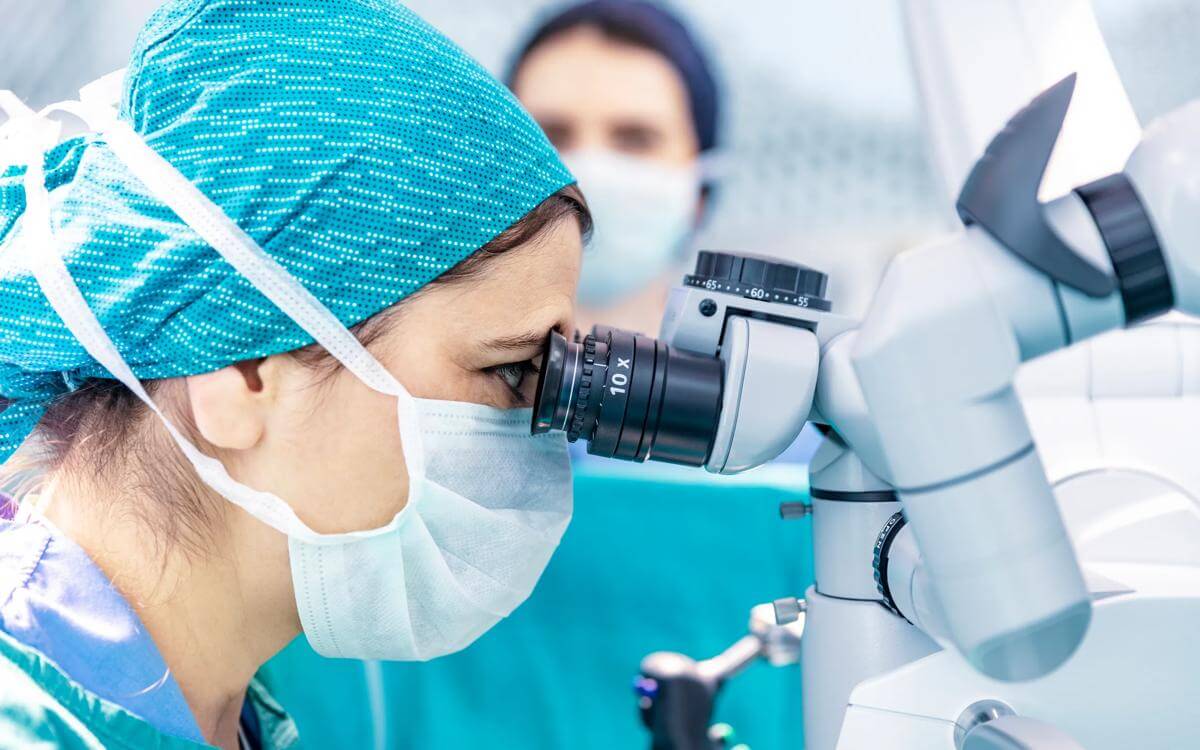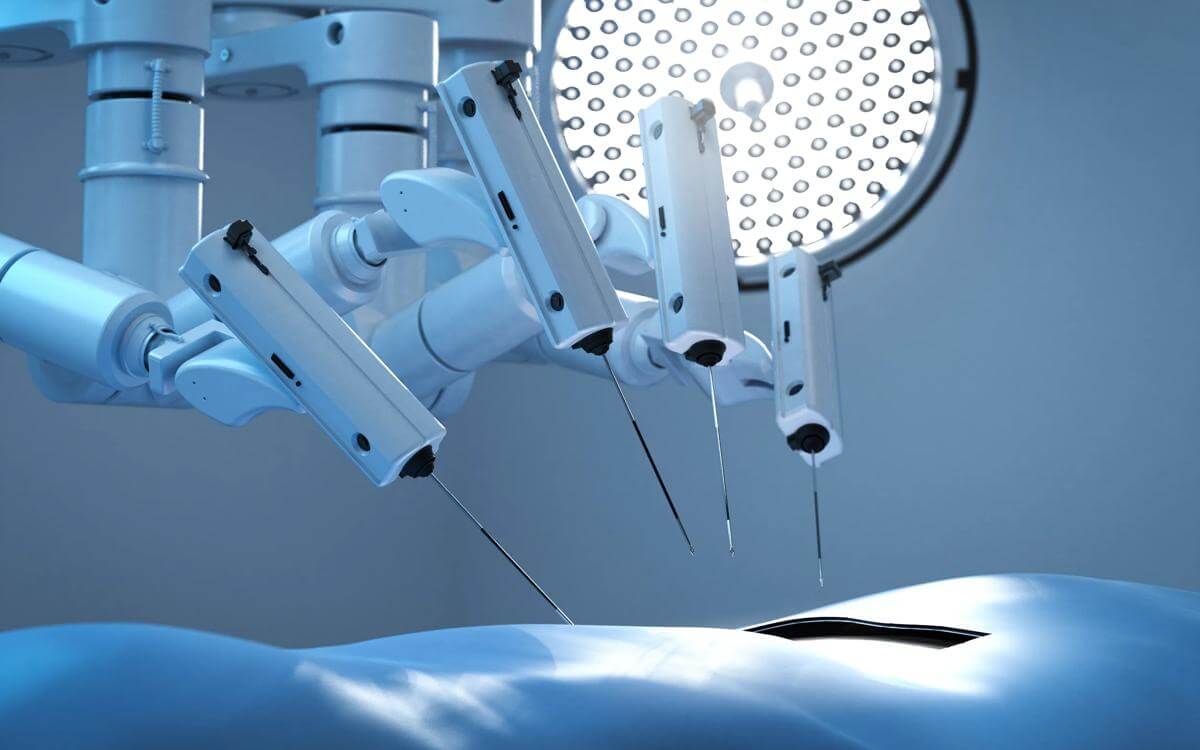Cauda Equina Syndrome is a rare spinal condition where the nerves of the cauda equina become compressed. Urgent diagnosis and decompression surgery is required to prevent progression of the condition and the development of lifelong injuries. These injuries can include motor weakness, sensory loss, loss of sexual function, urinary and bowel incontinence.
Due to the life-altering nature of these injuries, the cost of litigation as a result of Cauda Equina Syndrome is significant. In 2019-2020, the cost of these claims was circa. £103 million. The total cost in the last 5 years was £420 million which, on average, amounts to £750,000 per claim.
What is GIRFT pathway
GIRFT (Getting It Right First Time) have released a much anticipated National Suspected Cauda Equina Syndrome Pathway. This guidance will impact the treatment of patients with Cauda Equina Syndrome both in primary, community and tertiary care.
The pathway has been designed to ‘provide clinicians working within all care settings with the ability to effectively diagnose and care for patients presenting with suspected Cauda Equina Syndrome.’
Previous guidance
When presented with a patient exhibiting signs of Cauda Equina Syndro, clinicians have historically been informed by the NICE Guidelines, internal policies and general best practice guidance. Whilst in the majority of cases prompt diagnosis and treatment ensue, in some cases delays in diagnosis of this time critical condition occur.
In our Adult Neurological Injuries team, we deal exclusively with spinal cord injury and brain injury claims. We are frequently instructed to investigate cases involving a delay in diagnosis of Cauda Equina Syndro. The key issues identified by us in these types of cases are:
- A failure to identify symptoms suggestive of Cauda Equina Syndrome in A&E departments;
- Delays in the provision of MRI scanning;
- The utilisation of incorrect diagnostic methods;
- Delays in provision of surgery;
- A failure to document/provide safety netting advice.
Key changes consequent upon new GIRFT Pathway
The new GIRFT pathway heralds a welcome change and much needed centralised guidance for clinicians. The key changes proposed by the guidance relate predominantly to the assessment, transfer and scanning of patients.
1. Assessment and transfer to acute hospitals
An emergency referral to a nearing facility with MRI provision is required for any patient presenting with leg pain and/or back pain with a suggestion of recent onset (within 2 weeks) of any of the following symptoms:
- Difficulty initiating micturition or impaired sensation of urinary flow;
- Altered perianal, perineal or genital sensation S2-S5 dermatomes – the area size may differ;
- Severe or progressive neurological deficit of both legs, such as major motor weakness with knee extension, ankle eversion or foot dorsiflexion;
- Loss of sensation of rectal fullness;
- Sexual dysfunction.
The guidance makes the distinction between this emergency presentation and a patient who:
- Develops sudden onset bilateral radicular leg pain (sciatica) without accompanying Cauda Equina Syndrome symptoms or;
- Develops unilateral radicular leg pain that has progressed to bilateral without accompanying Cauda Equina Syndrome symptoms or;
- If the onset of the Cauda Equina Syndrome symptoms was over 2 weeks prior to the assessment.
In scenarios a - c, an urgent (as opposed to emergency) referral to an MSK triage service is warranted.
Organisations and private clinicians (including GP practices and NHS Trusts) should look at their protocols in relation to patient transfer to ensure such can be arranged promptly.
2. MRI Scanning within four hours of request
Patients with suspected Cauda Equina Syndrome should be referred for an MRI scan as soon as possible. The scan should be undertaken within 4 hours of the referral being made.
In order to achieve this, clinicians will need to ensure fast escalation from triage and prompt decision making at the time of assessment. Once the referral is made, the scan will need to be undertaken within 4 hours and the radiology report reviewed within one hour.
This clearly will not be an easy undertaking and organisations should look at the patient journey from presentation to surgery to identify areas for improvement.
3. Radiology services (external use and management of lists);
The Pathway suggests that local provision for MRI scanning should be in place by June 2024. Where local provision is currently not possible, the guidance advises a standard operating procedure which describes the local pathway for urgent out of hours scanning. It recommends that Trusts should protect daily slots to scan patients with suspected Cauda Equina Syndrome or other emergency scans.
4. Review of imaging by spinal surgery
One significant change following this guidance, is that surgical teams are advised to review out of hours MRI images without recourse to a radiology report, where a report is not available. This will ensure a faster time to surgery.
Further information
The GIRFT pathway accompanying guidance
Contact Liam Bestwick, Louise Jeffers or Kate Westley to see how we can assist you and your organisation with the implementation of these changes / training requirements and reducing the risk of litigation in cauda equina cases.
Key contacts

Louise Jeffers
Partner










































